2022: energy management zone at All-Energy australia
On 26-27 October 2022, the Energy Efficiency Council hosted the inaugural Energy Management Zone at the All-Energy Australia conference. Read an excerpt of the event summary below, and find the full article on the EEC website here.
If the inaugural Energy Management Zone (EMZ) at All-Energy Australia proved anything, it's that the the time is right for conversations about how smart energy management can improve business’ productivity, slash bills, and further corporate social responsibility (CSR) goals by reducing emissions. Hosted by the Energy Efficiency Council, the EMZ was abuzz for the full two days of All-Energy.
The EMZ was also home to a stage hosted by EEC Head of Projects Holly Taylor, featuring 21 speakers across six sessions. The panels featured energy end users and the service providers who supported them to take control of their energy use. End users included a diverse mix including farms, governments, not-for-profits, multi-billion-dollar businesses, and SMEs – all who have explored innovative energy management solutions to reduce emissions, cut costs, and improve resilience. Together, the service providers and business owners were able to discuss tailored business solutions while providing key takeaways for businesses at any stage of their own energy efficiency journeys.
Wednesday’s panels featured leading businesses in energy-intensive industry sectors – agriculture, food and beverage manufacturing, and materials manufacturing – sharing energy management steps.
First industry on stage was the agriculture sector. For traditional farms, adoption of on-site generation is crucial to build resilience to blackouts, ensuring consistent supply of energy at a reasonable price (rather than turning to expensive diesel-powered backup generators), while a key concern for urban farms is ensuring energy use is automated to provide the most efficiency, due to the reputation for indoor vertical farms being energy intensive.
Food and beverage manufacturers then took the stage to share their energy upgrades, emphasising the importance of comprehensive metering and submetering to understand where energy is being used and where it can be cut or optimised.
A materials manufacturing panel then turned the conversation to demand response – also known as demand flexibility – as an opportunity for manufacturers to reduce their energy bills by being rewarded for changing when they run their most energy-intensive operations.
On Thursday, we heard from representatives responsible for Australia’s building assets across residential, commercial, and government sectors, and how they incorporate smart energy management into their building management to reduce costs and emissions. The residential panel covered the need for policy and regulatory settings to make Australia’s housing stock more comfortable through measures like insulation, resident education, and energy-saving automation. In the discussion about upgrading commercial buildings, it was noted that barriers to implementing energy upgrades extend beyond the financial: a large struggle is finding workers with the necessary skills and training in retrofitting and installing new equipment in old buildings.
The day wrapped up with representatives from government continuing the conversation about how to make the business case for energy upgrades and the need to look at other measures of success beyond the simple payback period – and the importance of measurement and verification to track against those non-financial success metrics.
The panels on the EMZ stage, the conversations at the EEC both, and the plenary presentations at All-Energy all echoed the same message: Australia is going through a massive transition in our energy system, and businesses need to take proactive steps to manage their energy usage to avoid exposure to price hikes and international volatility, reduce pressure on the electricity grid, and drive down Australia’s emissions.

